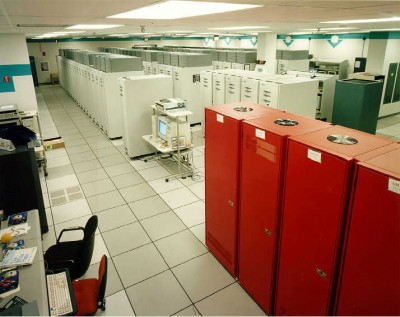Prey is an Open Source software project for locating your lost or stolen machine. You install a faceless background service on your computer that runs every X minutes. When it runs, it connects to a server and asks “Is the computer reported as missing?”.
If it is, it takes a webcam photo, a screenshot, gets the geographical location of the computer (think GPS but without GPS hardware which your laptop probably lacks, using WiFi triangulation instead, similar to this) plus some other info. It then uploads the results to the server.
All configuration is done from the website. This way the program on your computer is harder to find and thus to uninstall. Most thieves will not know where to look and there’s a good chance they aren’t sophisticated enough to even format your computer.
So, don’t be a schmuck and wait for your laptop to be stolen: install this thing. It’s free, it’s invisible until you need it, and it may recover your computer one day.
Edit: Removed a redundant mention of “background service”that was repeated and also unnecessary. Pointed out by Daniel Jaramillo.











